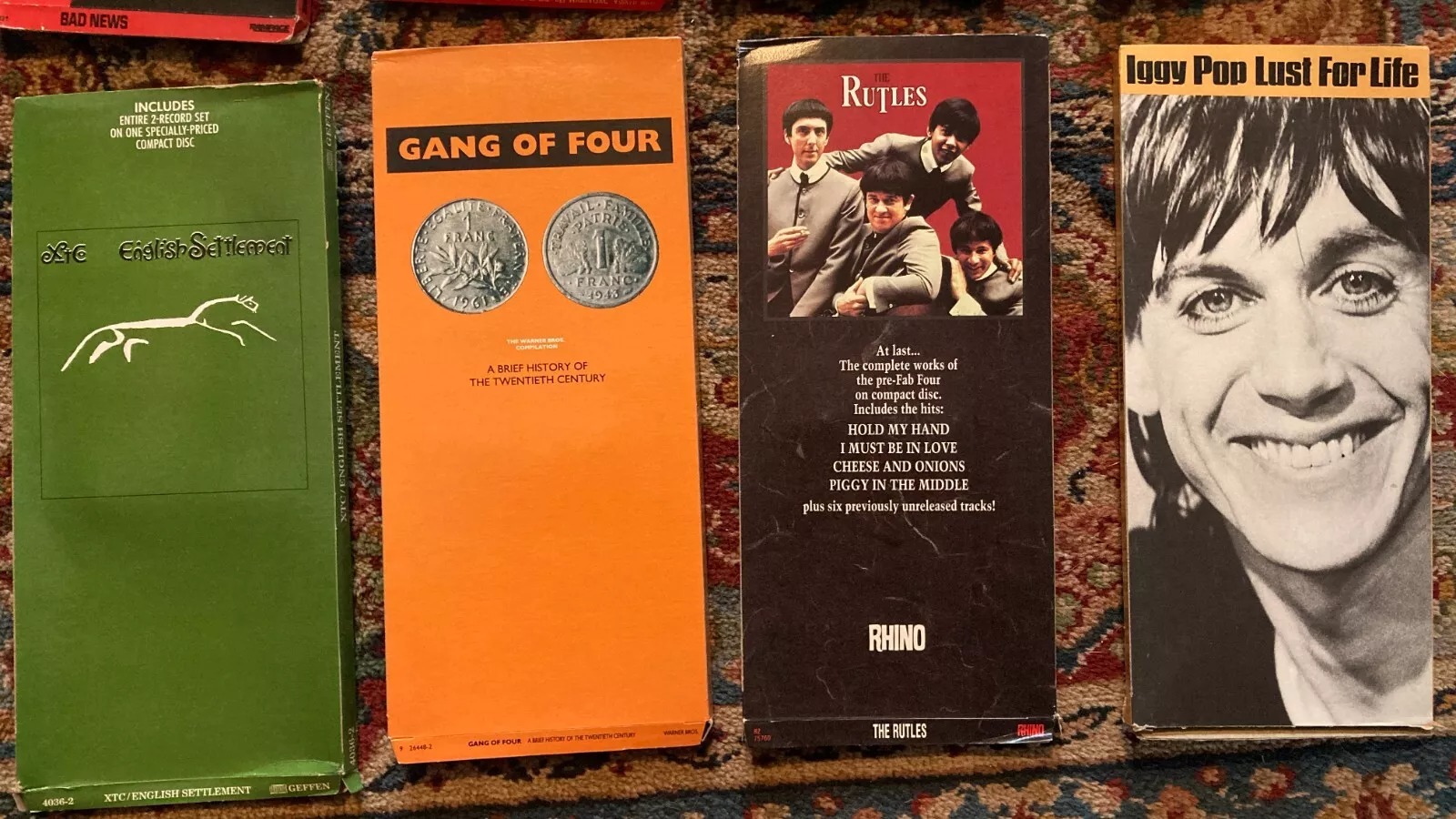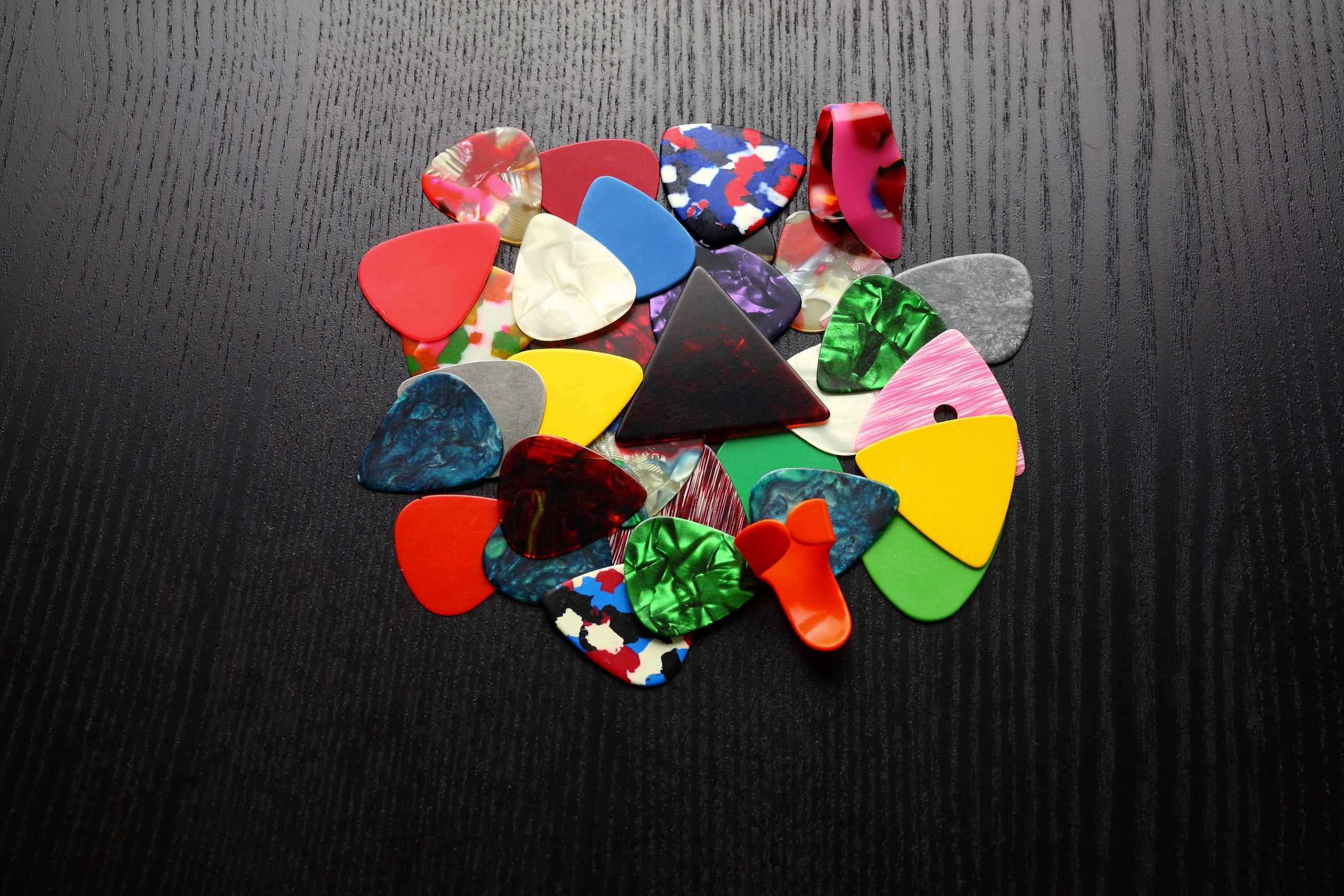While today’s music fans debate vinyl’s carbon footprint versus streaming’s server farms, the 1980s music industry was generating 18.5 million pounds of packaging waste annually from a format most people immediately trashed. The CD longbox—that towering cardboard sleeve that made compact discs look like oversized cigarette packs—became the unlikely catalyst for music’s first major environmental reckoning, one of many lost 1980s tech relics.
The Rise: When CDs Needed to Think Big
The longbox emerged from pure industry pragmatism. When CDs launched in 1982, record stores had spent decades organizing around 12-inch vinyl albums. Rather than retrofit every bin in America, labels created these elongated cardboard packages that fit existing infrastructure perfectly. Two longboxes could sit side by side where one LP had previously lived.
The format served multiple purposes beyond retail convenience. Theft deterrence was a major factor—those tiny jewel cases practically begged to be slipped into jacket pockets, but try smuggling out a foot-tall cardboard box. The expanded surface area also gave marketing departments more canvas for artwork and promotional materials.
Record industry executives defended the packaging as necessary for both security and marketing, arguing that the longbox provided valuable “billboard space” that jewel cases couldn’t match. The format allowed for dramatic graphics and promotional text that would be impossible on smaller packaging.
The Fall: How Environmental Activism Changed Music Packaging
By 1990, the environmental cost became impossible to ignore. David Byrne, R.E.M., and the Grateful Dead led the “Ban the Box” movement, joining forces with labels like Rykodisc to eliminate what everyone acknowledged was wasteful packaging. Environmental groups amplified the message, organizing boycotts and letter-writing campaigns targeting major labels.
“As a consumer, I go into a record store once a week and buy three or four records. I unpackage them before I go into the house, and every time I do that, it strikes me as wasteful and stupid,” said Robert Simonds, founder of Rykodisc, one of the first labels to abandon longboxes entirely.
The math was damning: longboxes added up to $1 per CD while creating mountains of trash that consumers immediately discarded. Artists who spent their careers singing about social consciousness couldn’t defend a format that prioritized display convenience over environmental impact. Musicians like Bonnie Raitt joined the crusade, questioning how artists could promote environmental awareness while using wasteful packaging.
Trash to Transformation: The Longbox Legacy That Changed the Music Industry
Retailers adapted quickly once the pressure mounted. Electronic tagging systems and plastic “keepers” solved the theft problem without the ecological footprint. Tower Records began phasing out longboxes in 1991, with other chains following suit. By 1993, longboxes had virtually disappeared from American stores—a remarkably swift industry transformation driven by grassroots activism.
Today, those once-despised packages command premium prices from collectors who recognize their historical significance. The longbox’s brief existence proved that music industry norms could shift when artists and consumers demanded change—a lesson that resonates as streaming platforms and vinyl manufacturers grapple with their environmental challenges.
Sometimes the most wasteful ideas become the most valuable memories.

























